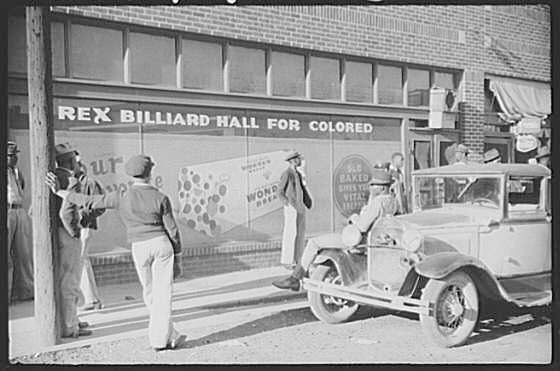| << Chapter < Page | Chapter >> Page > |
Expulsion refers to a subordinate group being forced, by a dominant group, to leave a certain area or country. As seen in the examples of the Trail of Tears and the Holocaust, expulsion can be a factor in genocide. However, it can also stand on its own as a destructive group interaction. Expulsion has often occurred historically with an ethnic or racial basis. In the United States, President Franklin D. Roosevelt issued Executive Order 9066 in 1942, after the Japanese government’s attack on Pearl Harbor. The Order authorized the establishment of internment camps for anyone with as little as one-eighth Japanese ancestry (i.e., one great-grandparent who was Japanese). Over 120,000 legal Japanese residents and Japanese American citizens, many of them children, were held in these camps for up to four years, despite the fact that there was never any evidence of collusion or espionage. (In fact, many Japanese Americans continued to demonstrate their loyalty to the United States by serving in the American military during the War.) In the 1990s, the U.S. executive branch issued a formal apology for this expulsion; reparation efforts continue today.
Segregation refers to the physical separation of two groups, particularly in residence, but also in workplace and social functions. It is important to distinguish between de jure segregation (segregation that is enforced by law) and de facto segregation (segregation that occurs without laws but because of other factors). A stark example of de jure segregation is the apartheid movement of South Africa, which existed from 1948 to 1994. Under apartheid, black South Africans were stripped of their civil rights and forcibly relocated to areas that segregated them physically from their white compatriots. Only after decades of degradation, violent uprisings, and international advocacy was apartheid finally abolished.
De jure segregation occurred in the United States for many years after the Civil War. During this time, many former Confederate states passed “Jim Crow” laws that required segregated facilities for blacks and whites. These laws were codified in 1896’s landmark Supreme Court case Plessey v. Ferguson , which stated that “separate but equal” facilities were constitutional. For the next five decades, blacks were subjected to legalized discrimination, forced to live, work, and go to school in separate—but unequal —facilities. It wasn’t until 1954 and the Brown v. Board of Education case that the Supreme Court declared that “separate educational facilities are inherently unequal,” thus ending de jure segregation in the United States.

De facto segregation, however, cannot be abolished by any court mandate. Segregation is still alive and well in the United States, with different racial or ethnic groups often segregated by neighborhood, borough, or parish. Sociologists use segregation indices to measure racial segregation of different races in different areas. The indices employ a scale from zero to 100, where zero is the most integrated and 100 is the least. In the New York metropolitan area, for instance, the black-white segregation index was 79 for the years 2005–2009. This means that 79 percent of either blacks or whites would have to move in order for each neighborhood to have the same racial balance as the whole metro region (Population Studies Center 2010).

Notification Switch
Would you like to follow the 'Introduction to sociology for the university of oklahoma' conversation and receive update notifications?